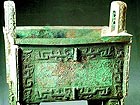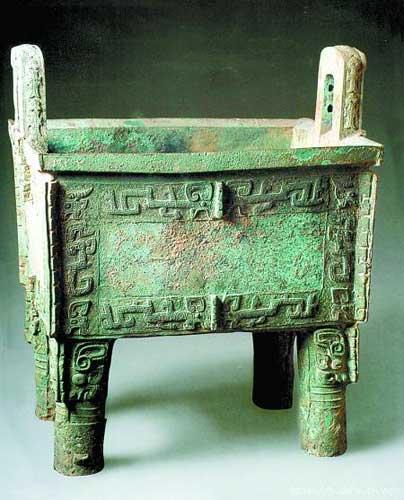| Videos | • Latest |
|
• Feature | • Sports | • Your Videos |
Name mystery of tetrapod unraveled in National Museum of China

The refurbished National Museum of China is ready for its grand reopening day set for March the 27th. Among the first batch of items featured at the grand opening exhibition, a rectangular tetrapod stands out for its significant historical value. The ancient vessel is commonly known to the public as Simuwu Rectangular Tetrapod. But experts point out that the correct name of the vessel should be Houmuwu.

The bronze vessel was unearthed in Anyang of central China's Henan Province in 1939. It was then named Simuwu Rectangular Tetrapod by archeologists as a ceremonial piece, for the character Si is the homophone of Rite in the Chinese language.
But an excavation conducted in the same area decades later prompted experts to have second thoughts about Simuwu. In 1976 archeologists discovered an abundance of bronze wares in a mausoleum complex in Anyang.
Yu Chenglong, Researcher of National Museum of China, said, "There was one bronze vessel unearthed from the mausoleums that was produced roughly in the same era as the one we found in 1939. You'll notice that there are three characters engraved from the inside of this vessel. The first character looks like Si. But actually it's Hou."
Experts say that according to their in-depth research of ancient Chinese language, they've discovered that the characters Si and Hou are of one paronym and interchangeable in various contexts. Examples were found in Shang Dynasty oracles that Hou was sometimes an alternative for Si.
Yu Chenglong, Researcher of National Museum of China, said,"A common understanding has been reached in the archeological circle that the ingenious vessel should be called Houmuwu, not Simuwu."
Experts add that Hou is a revered form to address the consort of a Shang Dynasty emperor, while Muwu refers to the posthumous title of his mother.
 0
0 







Go to Forum >>0 Comments